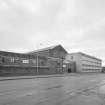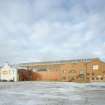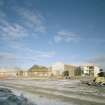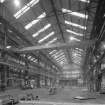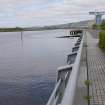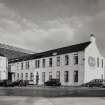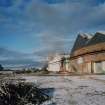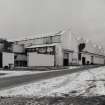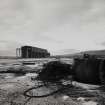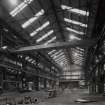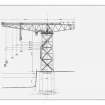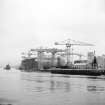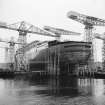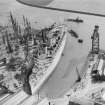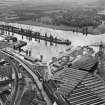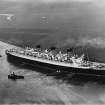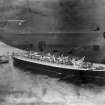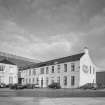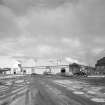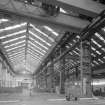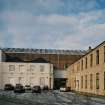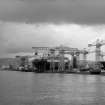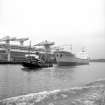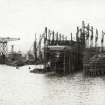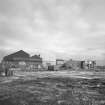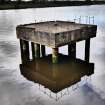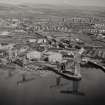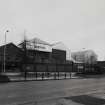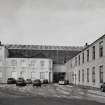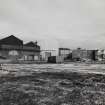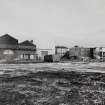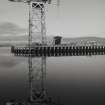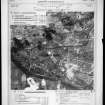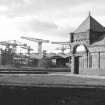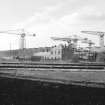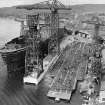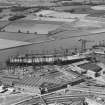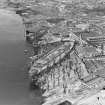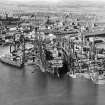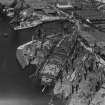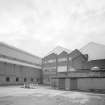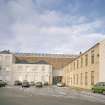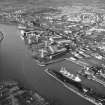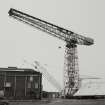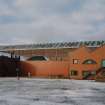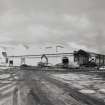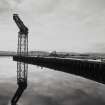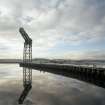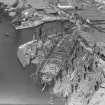Pricing Change
New pricing for orders of material from this site will come into place shortly. Charges for supply of digital images, digitisation on demand, prints and licensing will be altered.
Clydebank, Kilbowie, John Brown's Shipyard
Shipyard (19th Century)
Site Name Clydebank, Kilbowie, John Brown's Shipyard
Classification Shipyard (19th Century)
Alternative Name(s) J & G Thomson; Queen's Quay; Barns Of Clyde; Clydebank Shipyard; Clydebank Shipbuilding Yard; Marathon Yard
Canmore ID 43082
Site Number NS46NE 29
NGR NS 49688 69676
NGR Description Centred NS 497 698
Datum OSGB36 - NGR
Permalink http://canmore.org.uk/site/43082
First 100 images shown. See the Collections panel (below) for a link to all digital images.
- Council West Dunbartonshire
- Parish Old Kilpatrick (Clydebank)
- Former Region Strathclyde
- Former District Clydebank
- Former County Dunbartonshire
NS46NE 29 centred 493 690
NS46NE 29.01 NS 49485 69758 (Titan Cantilever) Crane
NS46NE 29.02 NS c. 49682 69411 to NS c. 49711 69551 Slipway
(Location cited as NS 49 69). Clydebank Shipbuilding Yard, founded 1870 by J and G Thomson. The yard in its present form dates largely from c. 1890-1914, and consisted of two sets of berths on either side of a fitting-out basin. Interesting surviving features are two fitting-out cranes (one of them of 'Scotch derrick' type, and the other hammerhead, built 1905 and 1906), the four-storey brick stores building, and the late 19th century offices. Now an oil-rig building yard.
J R Hume 1976.
Clydebank Shipyard was originally owned by J & G Thomson who had moved to Clydebank in 1870. The yard by the mid-1970s dated largely from the 1890-1914 period, and had two sets of berths either side of a fitting-out basin. Hume lists two interesting surviving features, a fitting out crane (of the 'Scotch' derrick-type) and one giant cantilever crane (built by Sir William Arrol and Company, 1905/6). Hume also notes a 4-storey brick building and late 19th-century offices. The ailing yard was acquired by John Brown & Company, Sheffield forgemasters and armour plate-makers in 1899.
J R Hume, 1976; M R Moss and J R Hume, 1986.
Clydebank Shipbuilding Yard. Being rebuilt by Marathon Shipbuilding (UK) Ltd.
Photos and plans with reporter (J R Hume).
Manuscript records with University of Glasgow [Business Record Centre].
Visited and photographed by J R Hume, University of Strathclyde, 1972.
Information from NMRS MS/749 (Dunbartonshire, Clydebank parish), photographic prints attached (negatives with reporter, J R Hume).
NS 495 700 John Brown's Shipyard has been systematically demolished for redevelopment. A desk-based assessment and walkover survey focusing on the industrial archaeology of the site were undertaken in February and March 2003 to determine what archaeological features from the original 1871 shipyard and earlier might be present.
The Forth and Cart Canal (1840) runs along the E boundary of the site and the mouth into the River Clyde is clearly visible and the infilled canal probably survives. The mouth of the slipways where the Cunard liners were built will be preserved by the new development, and it is likely that remains of the infilled slips survive under make-up deposits. The early 20th-century slipways of the West Yard may also survive, as it is likely the structures were simply backfilled when no longer required. Prior to the development of the site as a shipyard, it is identified as Barns of Clyde from the 16th century, and appears to have been in use only as agricultural land.
Report lodged with WoSAS SMR.
Sponsor: Clydeside Regeneration Ltd.
F Baker 2004















































![Elevation, specification details of John Brown Shipyard Cantilever Crane.
Insc: 'Titan Crane to lift 150 Tons...Est.[imate] No. None Job No. 390 1906'.](http://i.rcahms.gov.uk/canmore/l/SC00826801.jpg)


























































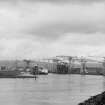
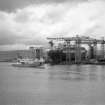
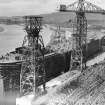
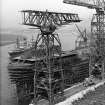
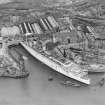
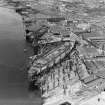
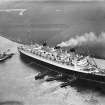
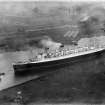
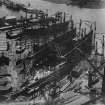
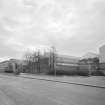
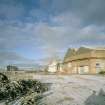
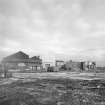
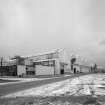
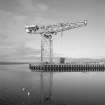

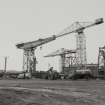
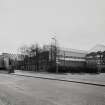
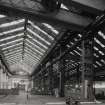
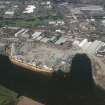
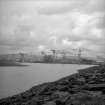
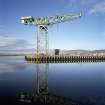
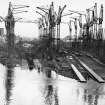
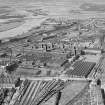
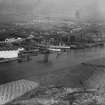
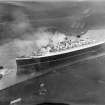


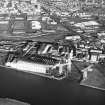
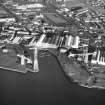
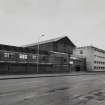
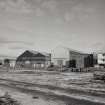

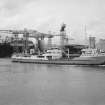
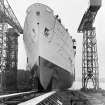

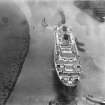
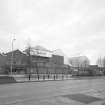
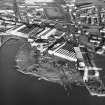
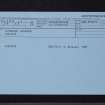
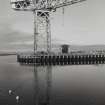
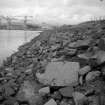
![Elevation, specification details of John Brown Shipyard Cantilever Crane.
Insc: 'Titan Crane to lift 150 Tons...Est.[imate] No. None Job No. 390 1906'.](http://i.rcahms.gov.uk/canmore/s/SC00826801.jpg)

